
The good: A decently told speculative sci-fi yarn with alternative paths
The bad: Won’t appeal to those bored with Choose Your Own Adventures
Bottom line: A branching-plot story mis-marketed as a game
The earliest text-only computer adventures let you do an awful lot with just a few commands. You could type the first letter of a direction to travel west or east, north or south, and sometimes up or down. You could utter magic words to teleport between locations. You could “look” to peruse nearby objects: lamps, birds, plants, keys and all sorts of other weird, quotidian stuff. You might even “open” a thing to unearth another more precious thing.
Buried, a self-described “interactive dark fiction game” by Bromoco Games that pairs text with edgy graphics, lets you do none of this. Its interactivity consists of digesting scrolling chunks of text on a mobile device, then tapping the screen to choose one action or another. You don’t really play it.
As an amnesiac tree logger who’s trying to find his missing crew after a mysterious event, you might for instance choose to offer support to someone or withhold it, call out to a mysterious figure or remain silent, fire a weapon at a perceived threat or keep your powder dry. In some instances, a choice merely perturbs a companion, while in others, it determines whether they live or die.
Along the way, you view background images that indicate you’ve moved to a new area. At the end of each chapter you’re briefed on how many players made the same choices you did, though you can’t go back without starting the story from the beginning. The images are also–this is going to sound counterintuitive but bear with me–thankfully few and far between. Their infrequency prompts you to imagine not all but most of what happens, like someone giving you the stage but not the actors or actions. In that sense Buried borrows a trick from comics, only with chasms instead of gutters between its panels.
10. Prune
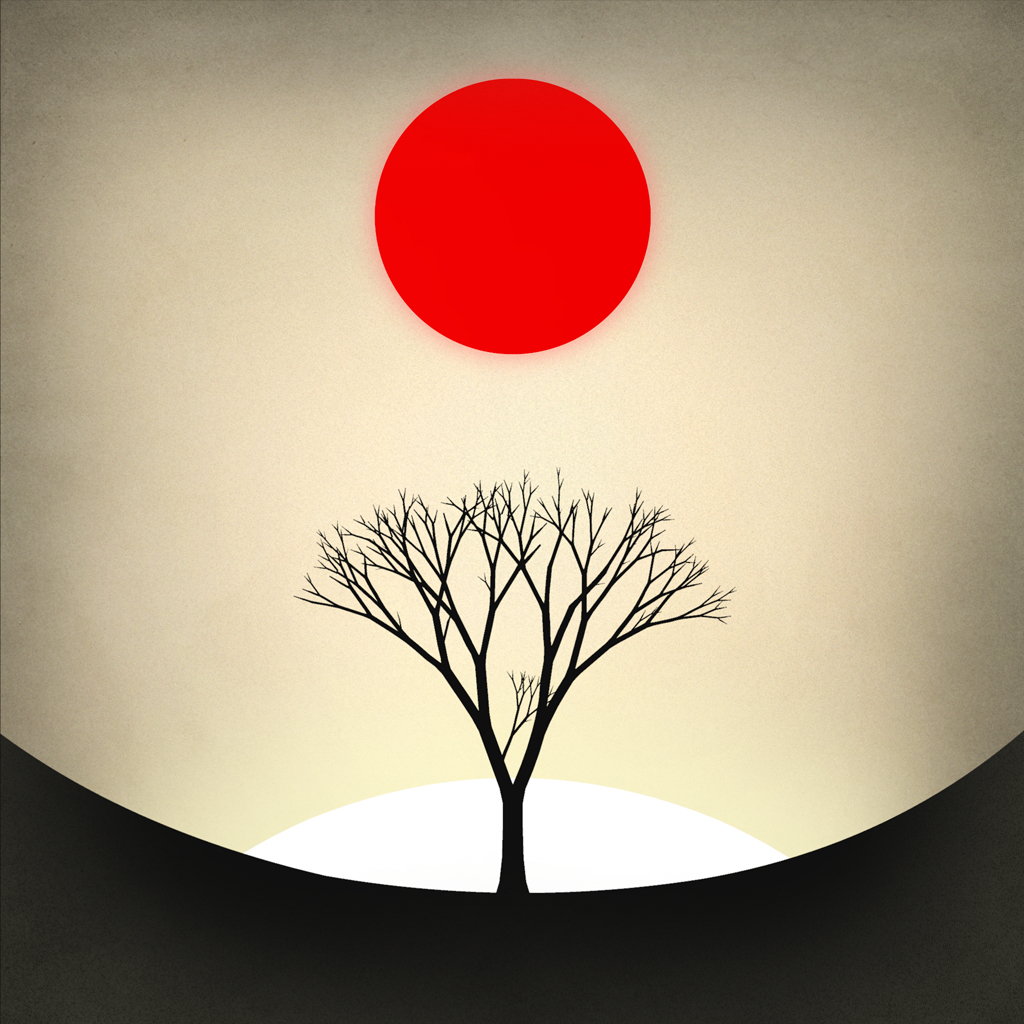
As its name suggests, Prune is a game about removing things to nurture other things, where you swipe your finger to sever restrictive limbs and free others to grow. But it’s also about basking in a minimalist garden of forking paths as you work out the spatial logistics of coaxing a tree to blossom. It’s both an arboricultural exercise and a meditation–on light, darkness, color, sound and perhaps most of all, the things we’re forced to leave behind.
[iOS, Android, Windows Phone, PC]
9. Rise of the Tomb Raider

The antithesis of Sony’s linear, shoot-heavy Uncharted games, Rise of the Tomb Raider moves at comparably ruminative speeds, embedding you in its bleakly beautiful and broad wintry landscapes with only your wits and scant weapons. It’s both a study in how to craft a relatable protagonist whose every fight is tooth and nail, and the best puzzle-exploration-survivalism odyssey since Crystal Dynamics’ 2013 series relaunch.
[Xbox One, Xbox 360]
8. Metal Gear Solid V: The Phantom Pain
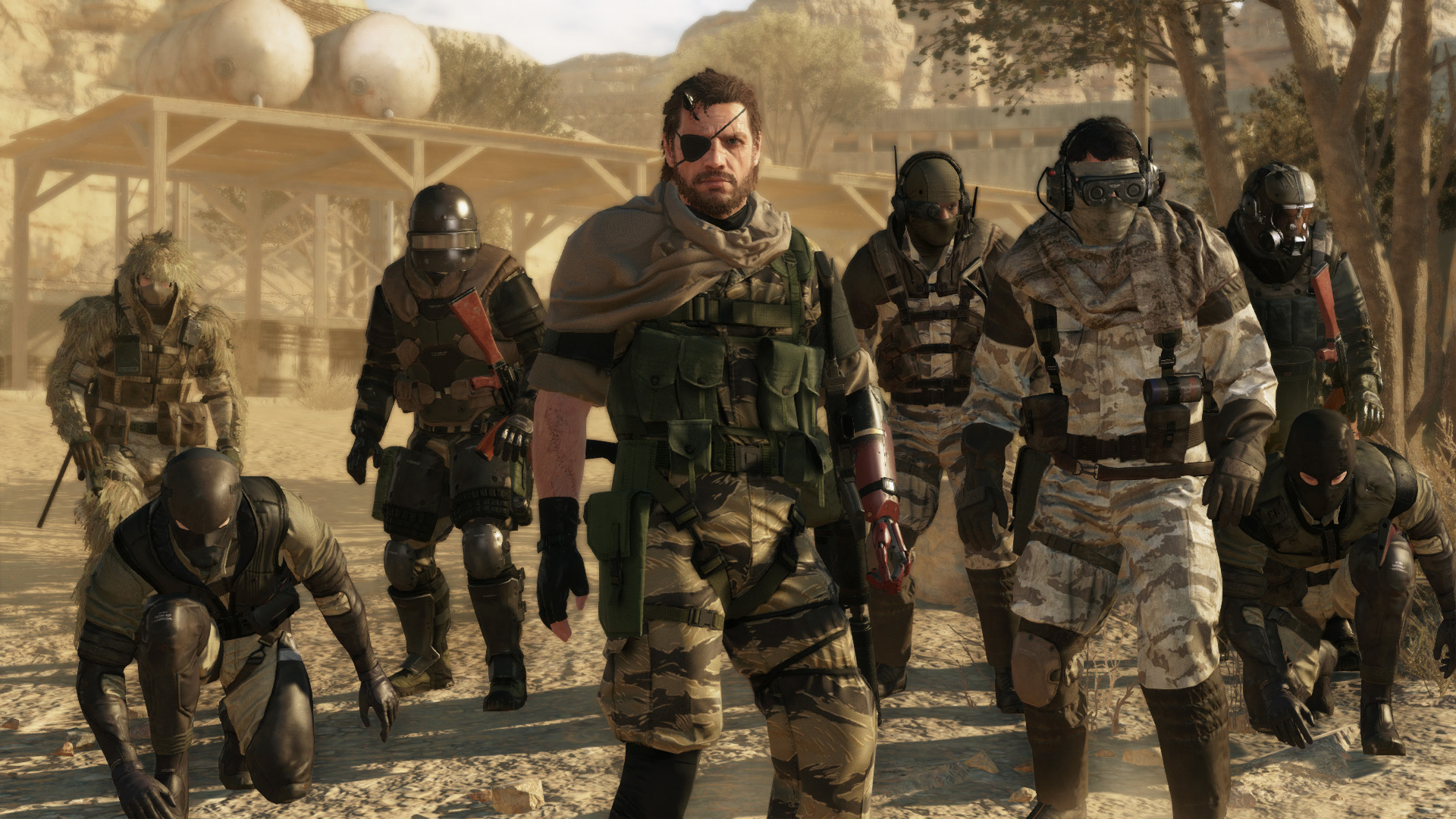
Metal Gear Solid creator Hideo Kojima’s series swan song turns out to be his finest work yet, a tactical stealth simulation wrapped in a colossal resource management puzzle inside a love letter to theatrical inscrutability. It’s a clandestine feast of open-world prowling, a tactical toybox staged in sprawling bulwarks bristling with eerily sentient enemies–the new pinnacle of stealth gaming, and a triumphant final act from one of our luminaries.
[PC, PlayStation 4, Xbox One]
7. Her Story
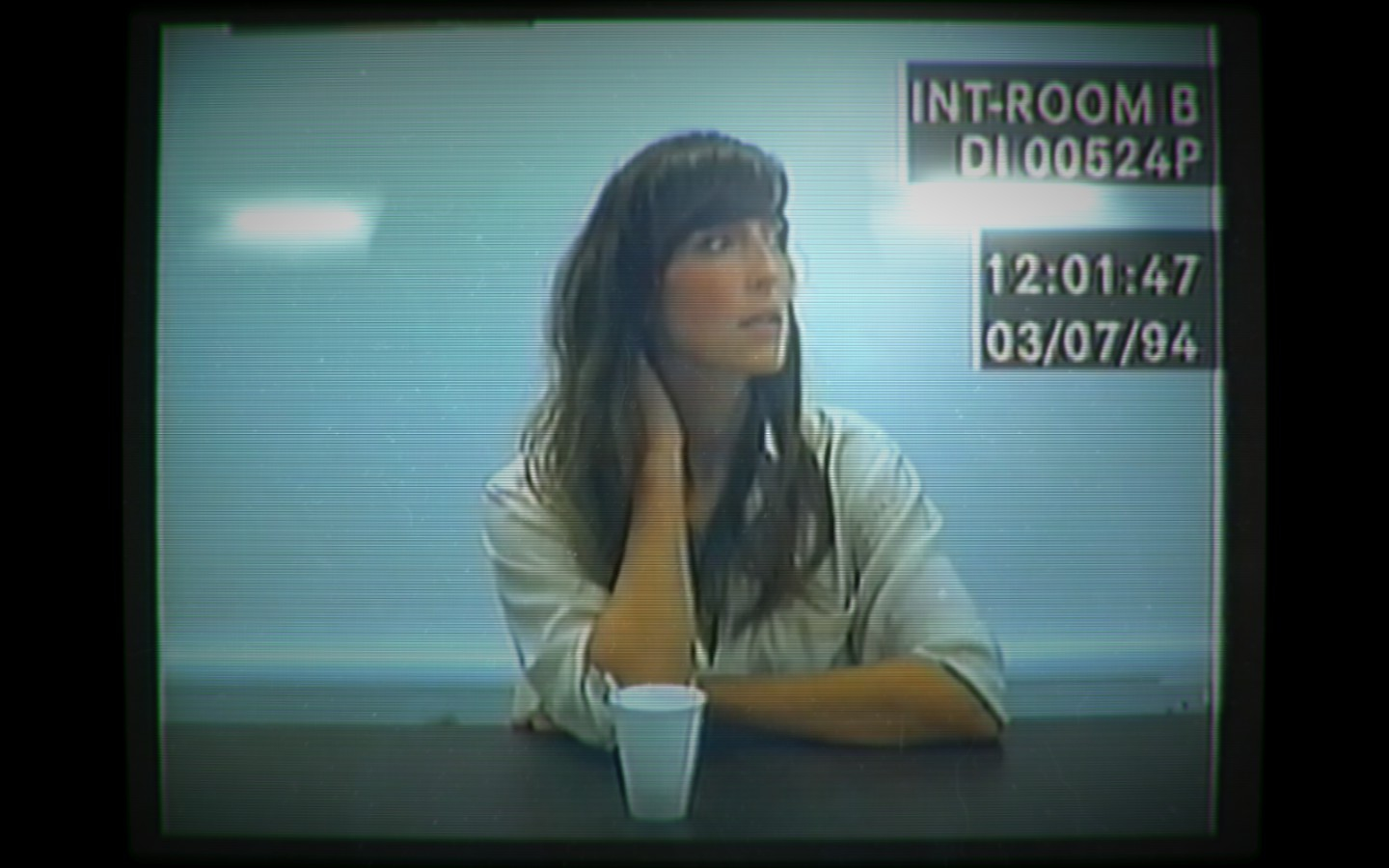
A whodunit subjectively pieced together by scanning full-motion video clips that require you to spill real-world ink turns out to be a superlative example of how to rivet employing the sparest techniques. It’s complexity from simplicity, a mesmerizing, hybrid investigative-voyeuristic experience where you observe a woman interviewed by detectives about a 1994 murder, unraveling (or deepening) the mystery by lighting on terms or phrases used to ply a vast but fragmented database, trying to puzzle out what happened — and why.
[iOS, Mac, PC]
6. The Witcher 3: Wild Hunt

One way of talking about studio CD Projekt Red’s open-world magnum opus The Witcher 3: Wild Hunt might be “the game that made me like Fallout 4 less.” It’s that near roleplaying perfection, assuming you like slow-burn fantasy games about potion-chugging mutants and ethical courses of action with inexorably bleak outcomes. The Witcher 3 is to the rest of the video game roleplaying genre as George R.R. Martin to J.R.R. Tolkien.
[PC, PlayStation 4, Xbox One]
5. Super Mario Maker

It’s Super Mario Bros., Super Mario Bros. 3, Super Mario World and New Super Mario Bros. U rolled into a rich but accessible toolbox, letting players create and share whatever bizarre level ideas they can dream up. Why it took Nintendo this long to release a Super Mario level maker is anyone’s guess, but if one game sells the two-screen idea of the Wii U–the stylus is essential here–it’s this one.
[Wii U]
4. Ryan North’s To Be or Not to Be
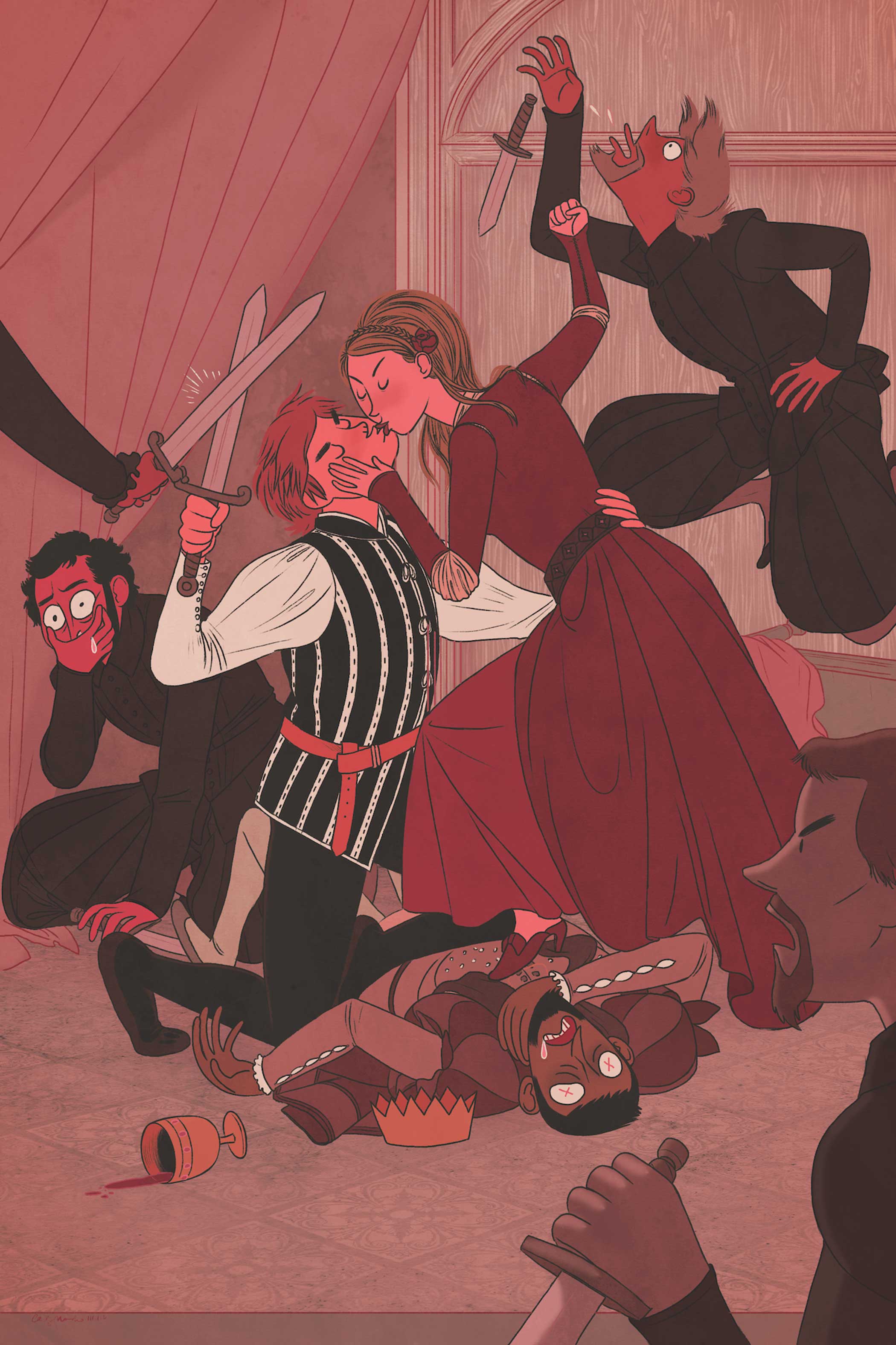
Ryan North’s To Be or Not to Be is the digi-fied version of a crowdfunded 768 page choose-your-own-adventure that came out a few years ago in book form. Studio Tin Man Games’ digital version is the quirkiest, funniest, most insightful retelling of Shakespeare’s Hamlet I’ve experienced in any medium. Multiply by a gazillion possible narrative routes, cultural takedowns and goofy cameos by everything from ghostly aliens to undead presidents. Like Inkle Studios’ 80 Days last year, it’s the smartest bit of interactive fiction you’ll flick through all year.
[PC, Android, iOS]
3. Batman: Arkham Knight
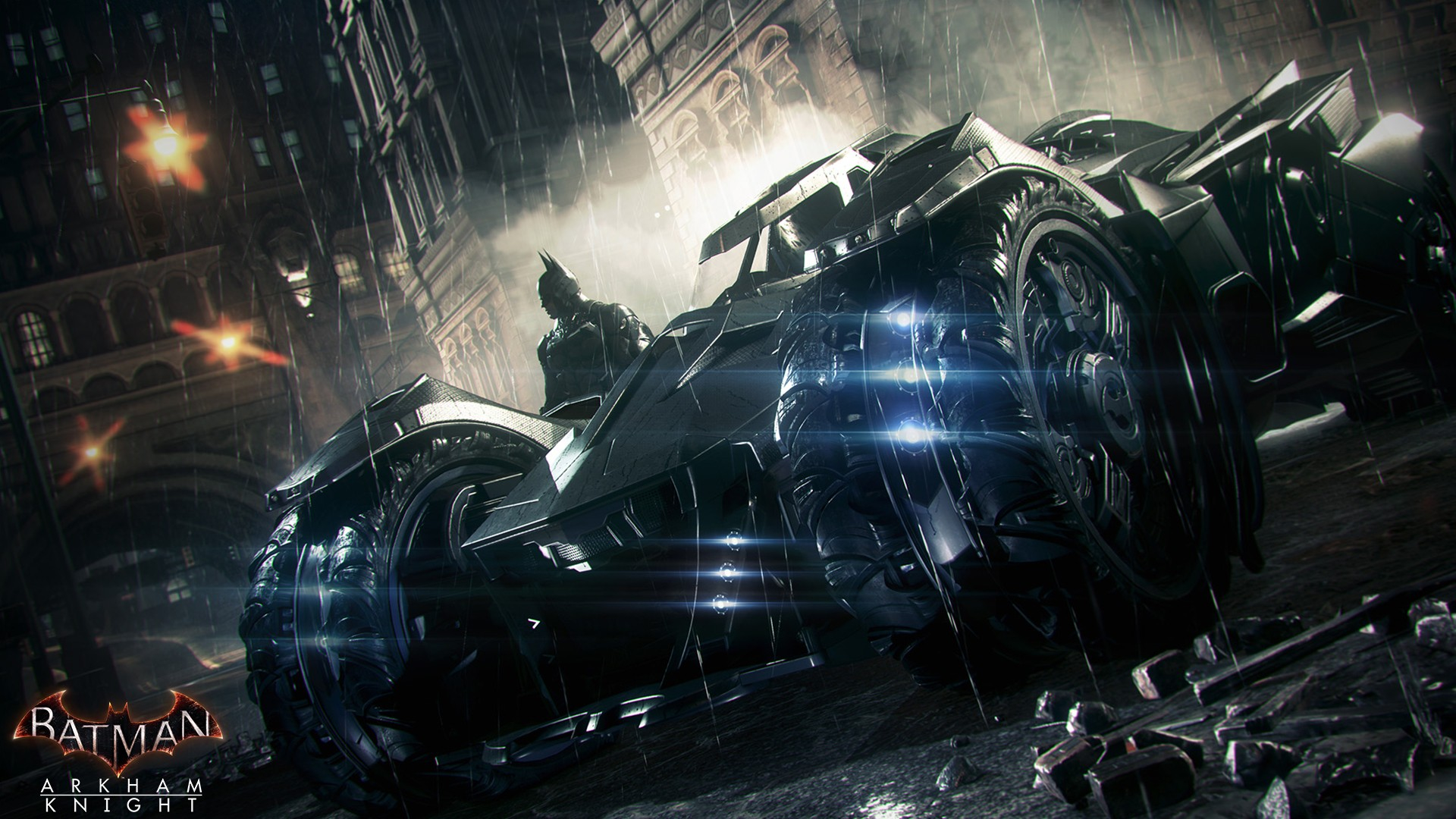
Rocksteady reversed the curse of the shoddy superhero tie-in when it surprised with Batman: Arkham Asylum six years ago. Arkham Knight is everything the company’s learned since cranked to 11 with a side of 12. And it’s not just a fitting fireworks finale that banks on past design glories rubbed in next-gen gloss: the studio took big risks by turning Arkham Knight into a buddy game, pairing Batman with the Batmobile, managing to make its inclusion both essential and exhilarating.
[PC, PlayStation 4, Xbox One]
2. Undertale

In the guise of a Japanese roleplaying game, Undertale is an investigation of what may really be happening when we play so-called Japanese roleplaying games. It’s a fantasy odyssey that deconstructs itself as you wander. It invites replays, winking at us like a smarter, subtler version of a “Let’s Play” YouTuber shouting insults at the screen. And it’s relentlessly, fastidiously obsessed with helping us see the consequences of the choices so often flippantly made, and the implicit violence we’re wont to do in the name of freedom.
[PC]
1. Splatoon
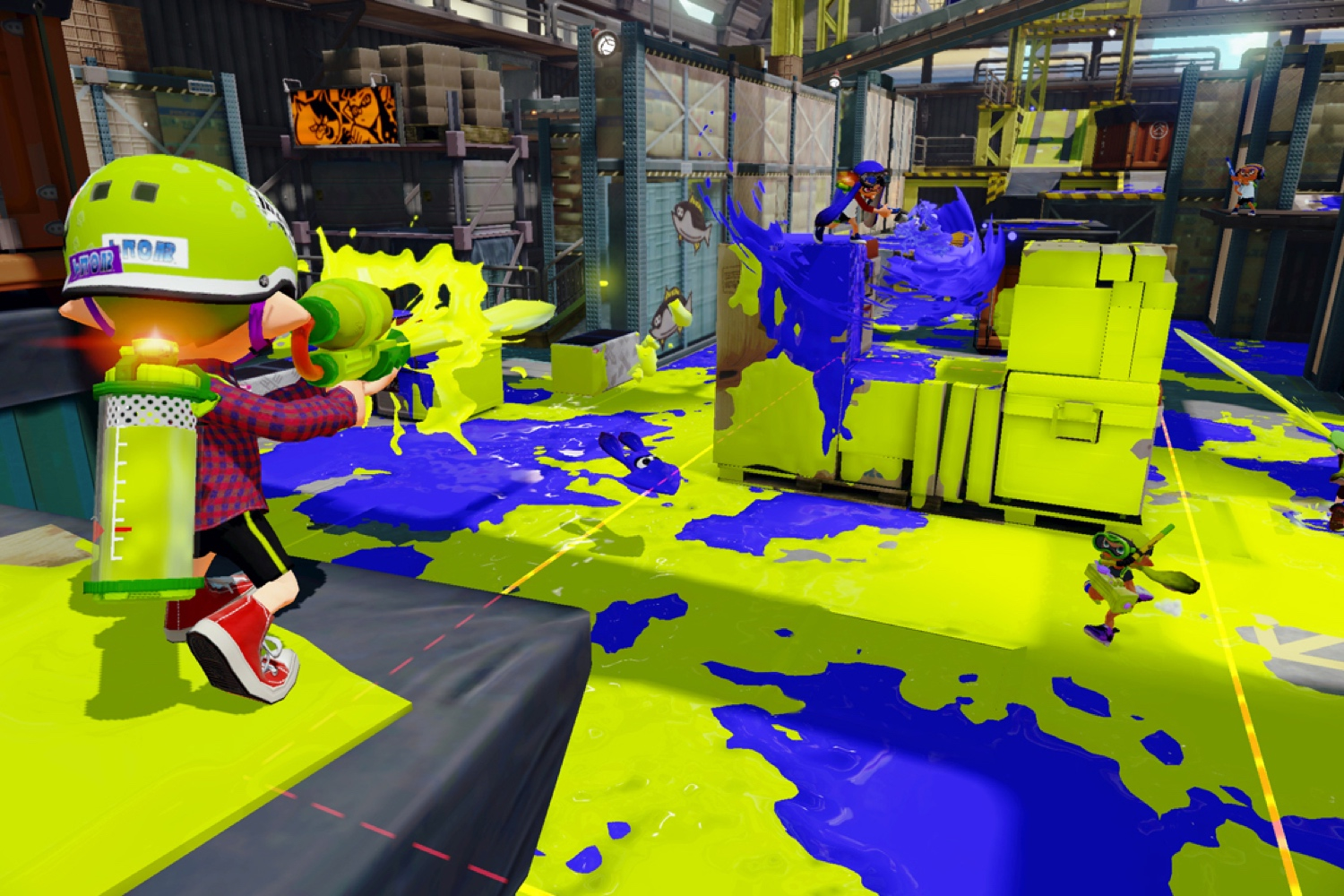
Nintendo’s best idea in years, Splatoon sees two squads of four players battling in skatepark-inspired arenas, outfitted with ink-spewing gadgetry and one imperative: to paint as much of their team’s color on the ground as possible before time runs out. There’s nothing else quite like it, nor the cathartic dopamine jolt to be had when you sail up a paint-smeared quarter pipe, an Inkzooka at the ready, leap over the edge, take aim with your weapon, and reduce a startled opponent to goo.
[Wii U]
My issue with Buried isn’t that lead writer Barry Napier tells a boring story–there were points I couldn’t tap fast enough to keep the narrative flowing. It’s that the choices offered every few screens felt as meaningful as betting on red or black while grasping a good luck charm. Guesstimating outcomes is impossible because there’s nothing to interpolate, no clues offered in the prose run-ups, just situations that lead to other situations–blind, branching risks instead of the possibility of making educated picks. Buried‘s text scrolls on your phone’s screen with occasional pictures and moody sound-loops, and then you pick something and read some more. It’s like the two roads that diverged in the wood without the benefit of distinguishing clues.
What’s wrong with that? Nothing, if you’re in the mood for a semi-twisty Choose Your Own Adventure. Sure, the story gets a little silly near the end, too invested in the same Ultimate Catastrophe trope everyone seems to be obsessed with lately (and without the benefits of novelty–it also cribs shamelessly from a certain TV series whose airplane crash survivors unearthed an iceberg’s worth of weirdness).
But forget the play angle and accept that you’re basically reading an illustrated yarn you can opt to reread with different story forks, and Buried is diverting enough–a $2.99 short story that’s maybe pushing novella length if you circle back to see its alternative outcomes. Just know that, in the places where you might expect gameplay to be, it’s missing in action.
3 out of 5
Reviewed on iOS
More Must-Reads from TIME
- Donald Trump Is TIME's 2024 Person of the Year
- Why We Chose Trump as Person of the Year
- Is Intermittent Fasting Good or Bad for You?
- The 100 Must-Read Books of 2024
- The 20 Best Christmas TV Episodes
- Column: If Optimism Feels Ridiculous Now, Try Hope
- The Future of Climate Action Is Trade Policy
- Merle Bombardieri Is Helping People Make the Baby Decision
Write to Matt Peckham at matt.peckham@time.com